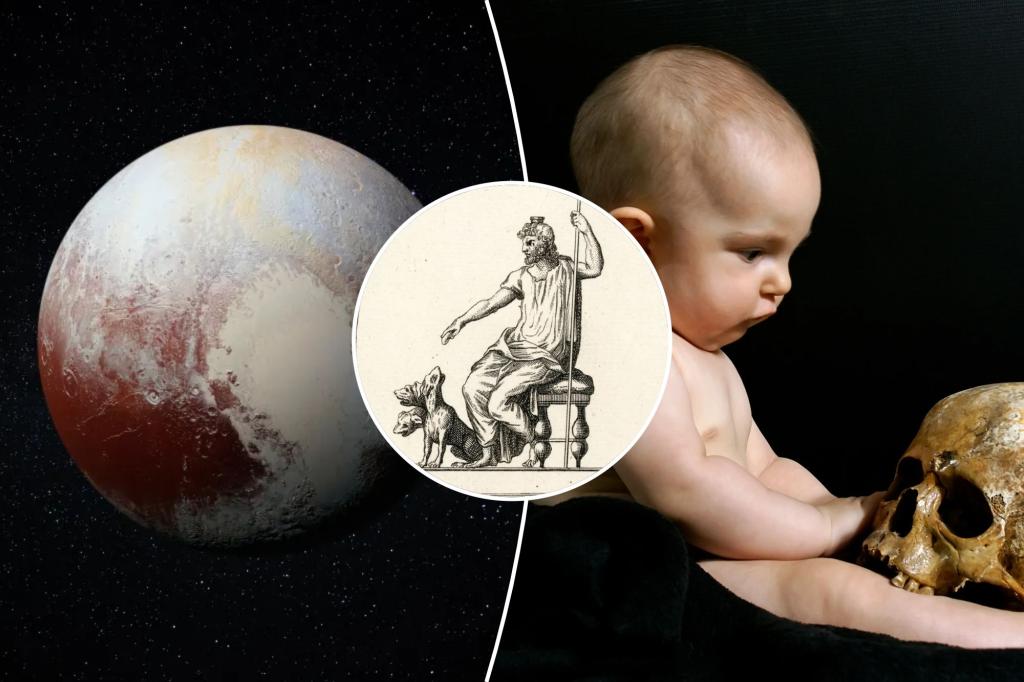How the Fed’s Interest Rate Decisions Go Beyond Trump’s Chair Pick: The Math Explained
The role of the Federal Reserve (the Fed) in the U.S. economy cannot be overstated. It is the central bank responsible for regulating monetary policy, which includes setting interest rates. While the selection of the Fed chair garners significant attention, particularly in politically charged environments, it’s crucial to understand that the chair is just one member of a larger rate-setting committee. This article will delve into how the Fed’s interest rate decisions transcend the influence of any single chair, including the implications of mathematical models and collective decision-making.

The dynamics of the Federal Reserve’s decision-making process are rooted in a complex interplay of economic data, forecasts, and the diverse perspectives of its members. While the chair plays a vital role in shaping discussions and guiding the committee’s direction, the ultimate decisions on interest rates are made collectively. Understanding this collective process, along with the underlying mathematics, provides insight into how monetary policy is formulated and executed.
The Structure of the Federal Reserve System
To fully grasp the Federal Reserve’s interest rate decisions, one must first understand the structure of the Federal Reserve System. Established in 1913, the Fed consists of 12 regional banks and is governed by a Board of Governors, including the chair. The Federal Open Market Committee (FOMC), which is the primary body responsible for setting interest rates, includes the Board of Governors and five of the twelve regional bank presidents who rotate in and out of voting positions.
The Role of the Chair
The chair of the Federal Reserve is often viewed as the face of U.S. monetary policy. Appointed by the President and confirmed by the Senate, the chair has significant influence over the direction of monetary policy discussions. However, the chair’s authority is limited to one vote among the committee members. The chair can certainly shape the agenda and push for specific policies, but ultimate decisions are reached through consensus or majority voting.
Membership and Voting Dynamics
The FOMC comprises 12 voting members: the seven members of the Board of Governors and five of the 12 Reserve Bank presidents. The rotation of the regional bank presidents ensures that a variety of economic perspectives are represented, reflecting the diverse economic conditions across different regions. This plurality is essential in formulating a balanced approach to setting interest rates.
The Mathematics Behind Interest Rate Decisions
Understanding how interest rates are set requires delving into the mathematical models that the Fed employs. Economists utilize various models to analyze economic data, including inflation rates, unemployment levels, and GDP growth. These models help the FOMC project future economic conditions and determine the appropriate level for interest rates.
Key Economic Indicators
- Inflation Rate: The Fed aims for a 2% inflation target, which is pivotal in its decision-making process.
- Unemployment Rate: The labor market’s health directly influences monetary policy, as higher unemployment typically warrants lower interest rates.
- Gross Domestic Product (GDP): GDP growth rates inform the Fed about the overall economic trajectory.
- Consumer Confidence: This indicator reflects public sentiment and influences spending behaviors.
Each of these indicators is fed into econometric models that produce forecasts on economic growth and inflation, guiding the FOMC’s interest rate decisions. For instance, if inflation rates are projected to exceed the target, the committee may decide to raise interest rates to cool the economy. Conversely, if the economy is slowing, they may lower rates to stimulate growth.
The Influence of External Factors
While the mathematics of economic indicators play a crucial role, the Fed’s interest rate decisions are also influenced by external factors such as geopolitical events, fiscal policies, and global economic conditions. Trade tensions, for example, can affect inflation and growth forecasts, prompting the Fed to adjust its interest rate strategy accordingly.
Global Economic Considerations
The interconnectedness of the global economy means that the Fed must also consider international economic trends. A slowdown in Europe or significant developments in Asia can impact U.S. exports and financial markets, leading to adjustments in monetary policy. The Fed’s approach is not conducted in isolation; it requires a comprehensive understanding of the global landscape.
The Limits of Presidential Influence
While the President of the United States appoints the Fed chair and other governors, their influence over monetary policy is limited. The Federal Reserve operates independently, with its own institutional framework designed to insulate it from political pressures. This independence is critical for maintaining credibility and effectiveness in monetary policy.
Checks and Balances
The independence of the Fed is reinforced by several checks and balances. For instance, while the President can nominate candidates for the board, Senate confirmation is required. Furthermore, the Fed’s decisions are guided by economic data rather than political expediency, ensuring that monetary policy remains focused on achieving long-term economic stability rather than short-term political gains.
Conclusion
The Federal Reserve’s interest rate decisions, while influenced by the chair, are ultimately a product of a complex and collaborative process involving multiple members of the FOMC. The interplay of economic data, mathematical models, and external factors shapes the committee’s approach to monetary policy. Understanding this multifaceted process provides valuable insight into how interest rates are set and the broader implications for the U.S. economy. As we move forward, it is essential to keep these dynamics in mind, especially in politically charged times where the focus may be overly placed on individual appointments rather than the underlying processes that govern monetary policy.
Frequently Asked Questions (FAQ)
1. What is the Federal Reserve’s primary function?
The primary function of the Federal Reserve is to conduct monetary policy, regulate banks, maintain financial stability, and provide financial services to the U.S. government and financial institutions.
2. How does the FOMC set interest rates?
The FOMC sets interest rates based on a variety of economic indicators, including inflation, unemployment, and GDP growth, using mathematical models to forecast future economic conditions.
3. What role does the Fed chair play in monetary policy?
The Fed chair plays a crucial role in guiding discussions and shaping policy agendas but has only one vote on the FOMC, which consists of other voting members with equal influence.
4. Why is the Federal Reserve independent?
The Federal Reserve is independent to ensure that monetary policy decisions are made based on economic data and analysis rather than political pressure, fostering credibility and long-term economic stability.
5. How often does the FOMC meet to discuss interest rates?
The FOMC typically meets eight times a year to review economic conditions and make decisions regarding interest rates and monetary policy.
📰 Original Source
Este artigo foi baseado em informações de: https://www.marketwatch.com/story/the-feds-moves-on-interest-rates-arent-just-about-trumps-pick-for-chair-heres-the-math-4a9b07d0?mod=mw_rss_topstories


